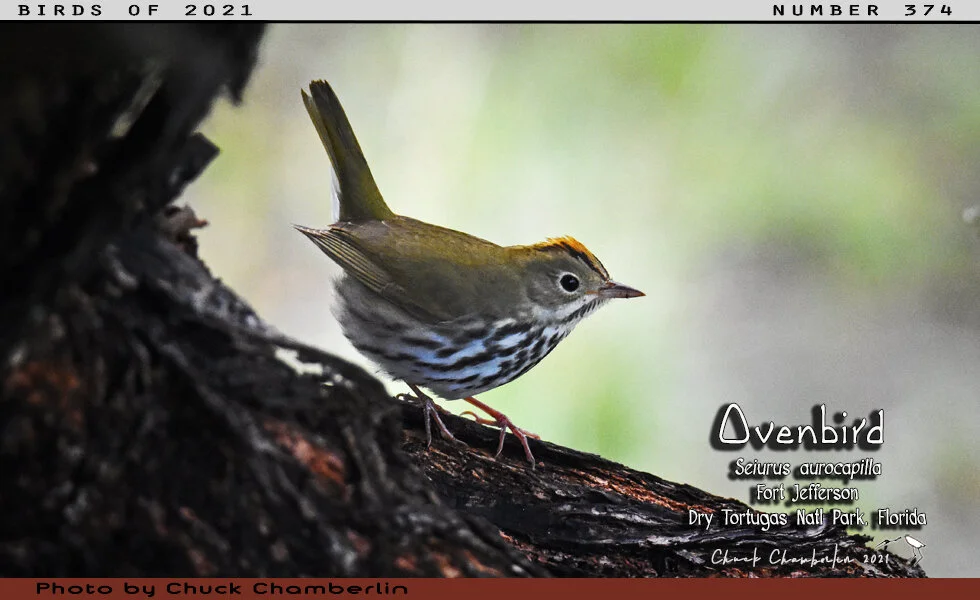I'm not a 'lister', I don't keep a life list (at least not seriously), nor a 'year list', so I would not be really considered a 'birder' by those who do. But my sister Janet, in 2016, started counting the birds she had photographed (yep, actually taken a photo of) and she would let me know from time to time what her count was up to. It's hard enough to actually 'see' some birds, and others are so rare, secretive, weary of humans, or live in isolated locales or environmental conditions so as to preclude photographing except by dogged determination and professional equipment. But Janet got me to thinking, so I decided to do what she did for the year 2017. It could only challenge me to become a better photographer, a better naturalist, and teach me to recognize and identify many more birds than I presently know. I'm not promising great photographs, or any kind of numbers, just seeing what develops. This should be fun, . . . or frustrating.
[If I should mis-identify any of these birds there is a contact page on this site where you can send me personal email. You know what to do.]
Update: My total for 2017 was 210 bird photographs posted. I had a few more but they were deemed unworthy even by “record photo” standards. So starting with the Pine Warbler (bird number 211) I am now posting 2018 birds and any birds that I discover in my photo archives. I will not repeat 2017 birds but instead will only add to the total. I hope to replace some of the poorer quality 2017 pictures with better photos if I get them. There are 993 birds on the American Birding Association checklist for North America (includes all birds north of the Mexican border but excludes Hawaii) so there are plenty more subjects out there. The quest continues.
Update: I ended the year (2018) with a total of 305 birds so my yearly total was 95 new bird photographs. Bird number 306 starts 2019, and the quest for 400 birds is on.
Update: 2019 has come and gone and now we begin 2020 with the goal of reaching 400 birds. That’s very ambitious since I only added 34 new birds for the year. But hey, I’m hopeful.
Update: 2020 was . . . well, lets just say it was a letdown. I only added 21 new birds for the year, but I was proud of each of them. Looking forward to a bigger and better 2021.
Update: 2021 was a pretty good year (anything would beat the COVID 19 year of 2020). I added 37 new birds to bring my total to 397 birds photographed. Visited some notable bird hotspots such as Cape May in New Jersey, Magee Marsh in Ohio, Hawk Mountain in Pennsylvania, the Dry Tortugas off of the Florida Keys, Dauphin Island in Alabama, High Island and South Llano River State Park in Texas. Now I need to get out west again. Maybe in 2022.
Update: 2022 saw 12 new birds added to the photo stack. Yep, it gets harder and harder to find new birds.
See BIRDS OF 2017 (Numbers 1-106)
See BIRDS OF 2017 (Numbers 107-210)
I have been trying for a long time to see one of these and finally did. Photographed at Cape Charles, Virginia, north of Norfolk across the Chesapeake Bay bridge/tunnel.
SHOT NOTES: Okay, I know this is a very sub-par photo, but this rare falcon was a lifer for me and I could not get close enough for a better shot. Someday I will, and I will replace this photo at that time. Meanwhile, If anyone wants to sponser me with a better camara setup or funds to spend 4 or 5 days in Texas at Mustang Island State Park you can contact me through the contact page of this site.
SHOT NOTES: First-ever sighting of a tropical Gray-collared Becard in Texas had birders excited and flocking to Resaca de la Palma State Park. I found the bird by observing other birders as they combed the dense woods on a very cold and damp morning.
SHOT NOTES: This South American flycatcher showed up in Corpus Christi this past fall and created quite a stir among U.S. birders. It is speculated that he/she hopped aboard a northbound ship and disembarked once it reached Texas. The bird is a big celebrity and dosn’t appear shy about posing for photos.
SHOT NOTES: Every once in a while you get a chance to see a rare bird, or a common bird way out of it’s normal range. This Murrelet showed up in Chattanooga and caused a stir amongst the birding community. This is a pelagic (sea going) bird usually only seen way off the Pacific coast of the northwestern U.S and Alaska.
SHOT NOTES: Hurricane Idalia (August 2023) raked the western coast of Florida and apparently displaced some of the American Flamingos normally only seen in that state. A week later Flamingos were seen in Ohio, Central Alabama, along the Texas coast, and on a small farm pond in south-central Tennessee. That pond was only 45 minutes from our house so off we went on a flamingo chase. Only this juvenile was present at the time we were there. But another chase, another Lifer.
SHOT NOTES:
SHOT NOTES: Soaring high over Big Johnson Reservoir near Colorado Springs, Colorado.
SHOT NOTES: On a visit to the famous Red Rocks Park & Amphitheatre I noticed this little Canyon Wren. The amphitheatre is impressive and I suppose the Wren decided to check out the acoustics. He sounded great from high on a ledge, wish he would have gotten down on center stage for a better test.
SHOT NOTES: “Wait, that grebe on the right has white above his eye.” Andra had been studying the three grebes far across a small reservoir through her binoculars for several minutes. I said “are you sure?” They were too far for my zoom lens to get a steady and clear image. “I’ll go get the spotting scope” she volunteered and off she went. Meanwhile I sat and hoped that people walking over on the other side would cause the grebes to approach our side a little closer. After a quick look through the scope she declared that she was indeed correct. Great, we had found a Clark’s Grebe. We had come up empty at several previous locations over the past few days. After a very long wait, which the bird we were after spent napping with its bill tucked under a wing, I decided that my only opinion was to make a rather long walk to the other side all the while hoping that the bird didn’t counter my move by swimming closer to this shore while I was gone. It worked. The bird finally awoke from its nap and I was able, with the aid of a 600mm zoom, to snap the photo above. Mark another one up for Andra.
SHOT NOTES: Me - trying desperately to track a flying swallow well enough to get a recognizable photograph. Andra - “Why don’t you just photograph that one sitting over there on that post?”
SHOT NOTES: Yet another bird that I would have missed except for Andra’s keen eyesight. And then again, some birds seem to just want you snap a photo of them.
SHOT NOTES: Admittedly, this photo is not sharp and of high quality, but I might not get another chance at a Prairie Falcon. If I do, I promise to work harder to provide you with a better image of this beautiful little raptor.
SHOT NOTES: It was a wet, drizzly, morning and we were on the way to Crescent Lake National Wildlife Refuge in the sandhills region of western Nebraska. We had left the pavement behind a few miles north of Oshkosh and were now about 20 miles down a gravel road with another 18 to go. The clouds had grown darker and darker as a light rain had begun to fall. Road conditions had grown progressively worse and we faced the threat that the pending deluge might trap us without an escape route in an area with no cell phone service. So reluctantly we turned around. It was then that Andra spotted this Whimbrel feeding in the prairie grasslands. That was not an easy task because besides the wet weather, dense smoke from Canadian forest fires blanketed the entire landscape as if it were a very foggy morning. Scientists at the Center for Conservation Biology (CCB) and the Canadian Wildlife Service have tracked 3 Whimbrels on a 15,000 mile loop migration from breeding grounds along the Mackenzie Delta in western Canada to wintering grounds in Brazil and back again using different routes. The route was broken up into 4 major flights including: 1) Mackenzie Delta to the east coast of Canada where they join up with Hudson Bay Whimbrels 2) Canadian coast to Brazil over the Atlantic, 3) Brazil to the Gulf of Mexico, and 4) Gulf of Mexico over the central plains of the U.S. to Mackenzie Delta (Hudson Bay Whimbrels use a different route on this last leg). Nebraska Audubon records show that these MacKinzie Delta Whimbrels pass through during a very restricted window of time roughly defined by May 10th thru May 20th. We spotted our bird on May 18th. What are the odds?
SHOT NOTES: On the Platte River south of Kearney, Nebraska.
SHOT NOTES: Introduced to the U.S. from Asia in the 1880s, pheasants quickly became one of North America’s most popular upland game birds. We saw our first pair in Iowa, then later we saw several more in Nebraska. Supposedly they are sometimes hard to see so I guess we just got lucky.
SHOT NOTES: In late April 1870, a shipment of European birds from Germany was released in St. Louis, Missouri, in order to provide familiar bird species for newly settled European immigrants. The shipment included 12 hardy Eurasian Tree Sparrows. These chestnut-capped, white-cheeked arrivals prospered in the hedges and woodlots of the region, ultimately spreading through northeastern Missouri, west-central Illinois, and southeastern Iowa. If you are passing through St. Louis and you have not seen this species you owe it to yourself to check ebird for the location of recent sightings and go for it.
SHOT NOTES: Most years, there are reports of one or two Eurasian Wigeons spotted hanging out with the American Wigeons at Wheeler National Wildlife Refuge in Northern Alabama, but we had never seen one. When we heard there was one spotted in Huntsville at a local spring we hurried over to try to see it. Yep, there he was. Looks like this bird, with a leg band, is possibly an escapee from a private collection. But maybe not, he was free to come and go so that makes him wild and others of his species are occasionally seen in he area.
SHOT NOTES: Four subspecies of the Cackling Goose (separated out from the 11 subspecies of Canada Geese in 2004) differ in size, structure, and plumage. The largest is traverneri and is often called the Taverner’s Goose. This subspecies most closely resembles the Canada Goose and is hardest to differentiate. The goose above is only slightly larger than the mallard hybrid pictured with it. On land it blended in with mallards and domestic ducks so well that it took a concentrated effort to find it.
SHOT NOTES: Short-eared Owl hunting over the grass and scrub of Brazoria National Wildlife Refuge south of Houston on a cloudy day in mid-February. A wing shot is about the only photo you can get of this bird. They roost on the ground hidden among the tall grasses of the coastal prairie.
SHOT NOTES: Winter resident south of Houston
SHOT NOTES: This Category 4 (very rare vagrant bird) showed up on Andra’s iphone as a ‘Rare Bird Alert’, so after some discussion, and having to wait a couple of days for a weekend, we where off on a ‘Wild Goose Chase’. It would probably be our only chance to ever see this species, so the six-hour drive was not much of a factor. The coordinates shared by numerous other birders led us right to the bird’s location, and other birders present pointed him out to us. Much too easy for such a hard bird to get. Oh well, I can do easy-peasy.
SHOT NOTES: Since I don’t live in Phalarope breeding country I have to get this bird during migration season. I continually missed it up until now.
SHOT NOTES: A new species of duck that was once considered a subspecies of Mallard. Found only along the border of U.S. with Mexico.
SHOT NOTES: I kept missing this Hummingbird each time I was in a place where they visited feeders. They fly in, quickly feed for a matter of seconds, then disappear again. But persistence finally paid off and I was rewarded with this photo. It fails to adequately show the magnificent colors of a bird that was known up until recently as the “Magnificent Hummingbird.”
SHOT NOTES: Only had time to fire off about three quick, poorly focused shots of this guy. This will have to do until I can get a better photo. A resident of the Pacific Northwest that was only migrating thru Southeast Arizona.
SHOT NOTES: Now that I know where and how to look for these guys I can’t wait until I get to try again. With a little luck and patience I feel I could get a much better photograph. (Another bird that Andra spotted for me)
SHOT NOTES: This guy popped up right in the middle of my efforts to photograph a Red-faced Warbler. Got three quick shots mainly because I didn’t know at the time that he was a “lifer” for me. Plumbeous means “of the dull gray color of lead.”
SHOT NOTES: I have been on the lookout for this bird for a couple of years, especially in S. Florida, S. Texas, and SE Arizona. I get the feeling they are getting to be more common in those areas. The red eyes are a major field mark for this species.
SHOT NOTES: We went to Ash Canyon Bird Sanctuary probably because it is the most reliable place to see Lucifer Hummers in SE Arizona. Saw the first one after only about 30 minutes (spotted by Andra), but had to wait an additional hour for this particular bird to reappear. My first photographic efforts were bad so I was pleased that we “staked out” the favorite Lucifer feeder and waited. After the long wait I had grown restless so I started moving around which led to me spotting bird #402 - the Bronzed Cowbird.
SHOT NOTES: This sparrow is a Mexican species and is only found in the U.S. in southeastern Arizona. Andra saw him first.
SHOT NOTES: Another “lifer” that Andra spotted. That’s two for the year. Guess I better keep her around and take her birding more often.
SHOT NOTES: And we are off and running on another year. First new “lifer” for 2022 was this little Wilson’s Plover that Andra spotted taking a bath in a shallow tidal pool at a park in St Pete.
SHOT NOTES: Got this photo with thanks to Andra. She spotted the bird and called me over to point him out.
SHOT NOTES: Had a great day at Magee Marsh in Ohio.
SHOT NOTES: There are 36 or so Red Knots in this photo and this was the north end of a group of about 100. The locals said the Red Knots were just now beginning to show up on Delaware Bay, I was disappointed that we could not find a place that would allow us to get a little closer to enable a better photo. A boat would have been nice.
SHOT NOTES: Not on the seashore but at pond where I would least expect to see a Least.
SHOT NOTES: The best I could do. When you know they are there and they know you are there looking for them. This cuckoo was looking back to see if I was looking back to see if he was looking back to see if he was looking back at me.
SHOT NOTES: Voted “Best Bird” of my trip to Delaware Bay.
SHOT NOTES: Never got much of a chance to photograph this bird out in the open which would better display his magnificent colors.
SHOT NOTES: Did I ever mention to you that I hate to try to id Empidonax flycatchers? Oh yeah, I think I did on bird number 389.
SHOT NOTES: Did I ever mention to you that I hate to try to I.D. Empidonax flycatchers? The eyering should make this a Least, at “least'“ that’s my call.
SHOT NOTES: When you least expect to see a shorebird . . . . then POW, there some are! Now to stay composed enough to get a decent photograph.
SHOT NOTES: Native to Africa, this odd goose is popular in zoos and aviaries. Escaped birds have established wild populations in Florida, Texas, and California, and free-flying escapees are sometimes seen elsewhere.
SHOT NOTES: Nemesis bird conquered.
SHOT NOTES: Part of a High Island bonanza.
SHOT NOTES: A wing shot
SHOT NOTES: It’s a lot easier to stumble upon a warbler like this than it is to get a decent photograph of said bird. Sometimes I fail completely. But then other times I get lucky for a brief, fleeting second, and then . . . click! . . . . . Don’t ask me about the Blue-winged Warbler I failed to get.
SHOT NOTES: Another prize from a birding trip to High Island.
SHOT NOTES: It is such a treat to go to High Island during spring migration. You can get chances to photograph many different songbirds as they feed and rest on their way north.
SHOT NOTES: It was a dark and overcast day when I found this Louisiana Waterthrush deep inside the Indian Mound Park at Dauphin Island so you will have to excuse the grainy photo. I will replace it if I get a chance.
SHOT NOTES: I went to Ft. DeSoto State Park outside of St Petersburg hoping to photograph a Wilson’s Plover. Did not see one but I did get two other birds, the Piping Plover and this Western Sandpiper.
SHOT NOTES:
SHOT NOTES: Recognized by its black head (and formerly called Black-hooded Parakeet), this species was originally found in the central interior of South America. It has been popular in the cage bird trade, and Nanday Parakeets that have escaped from captivity have established large feral populations around Los Angeles, in the Tampa Bay area of Florida, and along Florida’s southeastern coast. Smaller numbers are seen elsewhere, including other parts of Florida and near Phoenix, Arizona.
SHOT NOTES: Only had one chance for this bird. Traffic on the main highway I was traveling on when I first spotted him did not allow me to get into position for a much earlier and better shot.
SHOT NOTES: In Florida, peafowl are fairly widespread in much of the peninsula, with a total population probably in excess of 1,000 birds. Robertson and Woolfenden (1992) wrote that “[f]ree-ranging individuals have been reported for decades at scores of suburban and rural localities...However, it is uncertain to what extent the apparently feral populations are independent of domestic flocks.” Twenty years later, the situation remains muddled, but many flocks are periodically culled by local governments, implying that the flocks are assumed to be largely feral. The species is seemingly a candidate for eventual ratification by the FOSRC as a countable exotic.
SHOT NOTES: In case you were confused like me, this is a warbler of the shady woods where it walks with deliberate steps on the forest floor, holding its short tail cocked up higher than its back. Although it is not especially shy, its choice of habitat often makes it hard to observe. The name "Ovenbird" is a reference to the bird's nest, a domed structure with the entrance on the side, like an old-fashioned oven.
SHOT NOTES: Found in warm tropical seas, generally far out at sea, wandering widely but often following warm-water currents. Avoids shallow waters and areas near mainland coast. Nests mostly on small islands, on open sandy beaches with sparse vegetation. The Dry Tortugas is the only reliable place in the U.S. to see this bird.
SHOT NOTES: Found over warm seas of tropical oceans, often very far from land. Seldom comes near mainland coast anywhere, except when driven there by storms. Nests on tropical islands.
SHOT NOTES: Native to southern Asia, this small waxbill is a popular cagebird. Escapees from captivity have established wild populations and is now widespread and common in coastal California, from San Jose to San Diego, and other local populations are established around Houston, Texas, at a few spots farther east along the Gulf Coast, and in southern Florida.
SHOT NOTES: A South Florida / Florida Keys specialty.
SHOT NOTES: Unique to south Florida and the Florida Keys, mainly within Great White Heron National Wildlife Refuge and Key West National Wildlife Refuge. Birds forage on large, continuous turtle grass beds during a limited fraction of the tidal cycle. Destruction of seagrass beds by boating impacts directly by limiting the availability and quality of forage habitat causing the U. S. Fish and Wildlife Service to manage specifically for this bird in those areas. Originally thought to be just a white color morph of the Great Blue Heron, recent research suggests that it is at least a subspecies of it. Some preliminary unpublished data suggests that it may even be a completely separate species. It is not ABA countable but I am considering it a separate species. Similar to a Great Egret at first glance but differs by exhibiting yellow legs instead of black.
SHOT NOTES: These birds, native to Argentina and popular in the pet trade, have been established in various cities beginning in the 1960s
SHOT NOTES: Widespread in the Caribbean, this big flycatcher enters our area mainly in Florida. There it is numerous in summer, mainly along the coasts, less common toward the north.
SHOT NOTES: Another naturalized bird found only in south Florida.
SHOT NOTES: Escaped or released cage birds from southern Asia that are thriving very well in the area south of Miami.
SHOT NOTES: Fairly common if you go to the right area. I had to get to an area where these birds replaced the more common White-faced Ibis.
SHOT NOTES: Finally!
SHOT NOTES: I had to reach way out for this guy because I could not get any closer. Maybe I will get a better photo later. This lone Tundra Swan has been hanging out with the Sandhill Cranes at Wheeler NWR for about a month now. He is a little out of his normal range but maybe he has made some good friends and hates to leave.
SHOT NOTES: A descendent of birds brought from India to the United States in the 1960s as part of an unorthodox government program to restock the depleted American landscape with foreign game birds. In Georgia more than 2,000 Red Junglefowl were raised and released from a hatchery outside of Fitzgerald. Because the town offered protection from most predators and a steady diet of garden insects, a mostly pure population flurished here while the rest quickly disappeared. If you are a serious ABA “lister” the only places were you can count a Red Junglefowl are the state of Hawai’i, Key West, Florida, and Fitzgerald, Georgia. The story about these chickens intrigued me so I had to do what a good birder would do, that is, travel to Fitzgerald and get an “official” Red Junglefowl. Read about the Fitzgerald chickens here: http://mag.audubon.org/articles/birds/stalking-wild-ur-chicken
MAP OF BIRD PHOTO LOCATIONS
Zoom in and out, navigate to a particular icon and click on it for a list of birds photographed at that site.


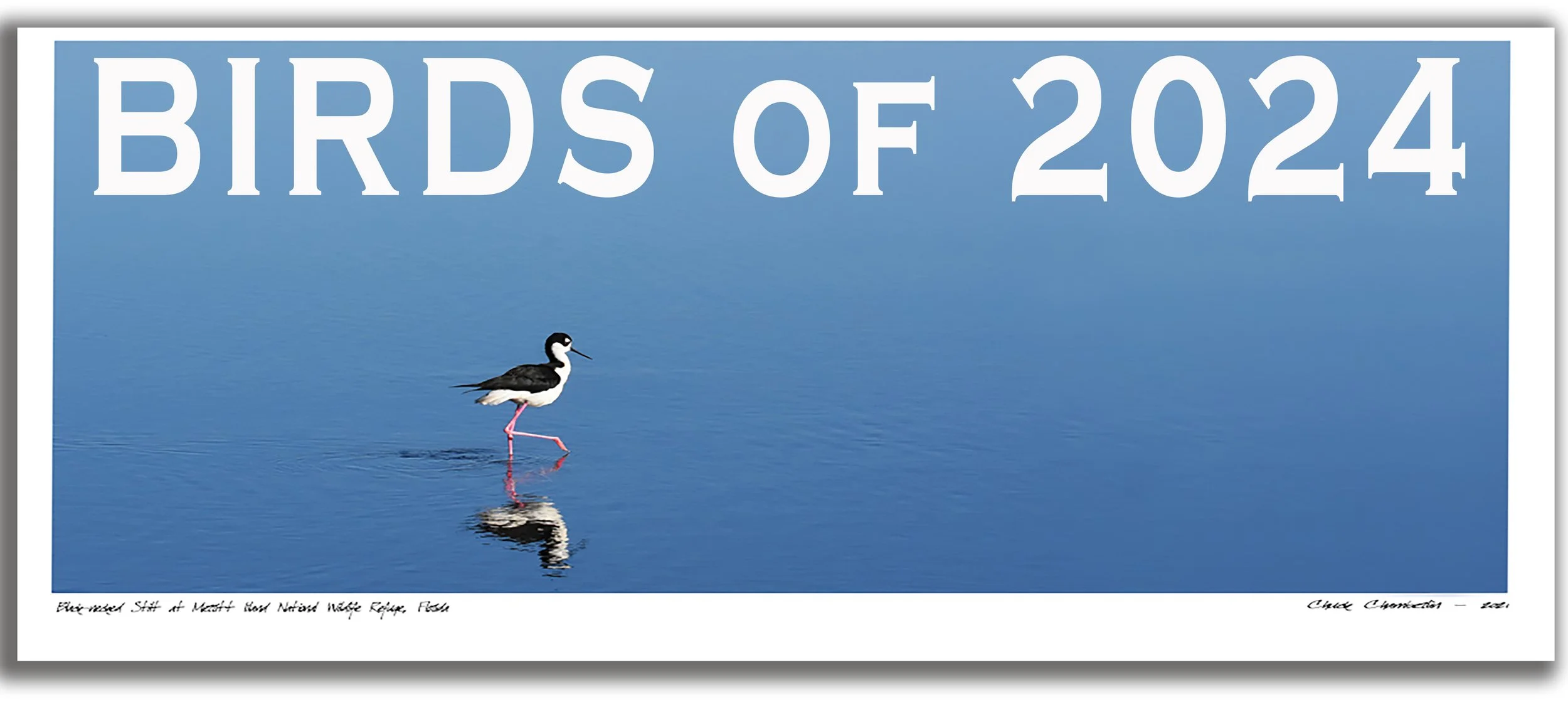


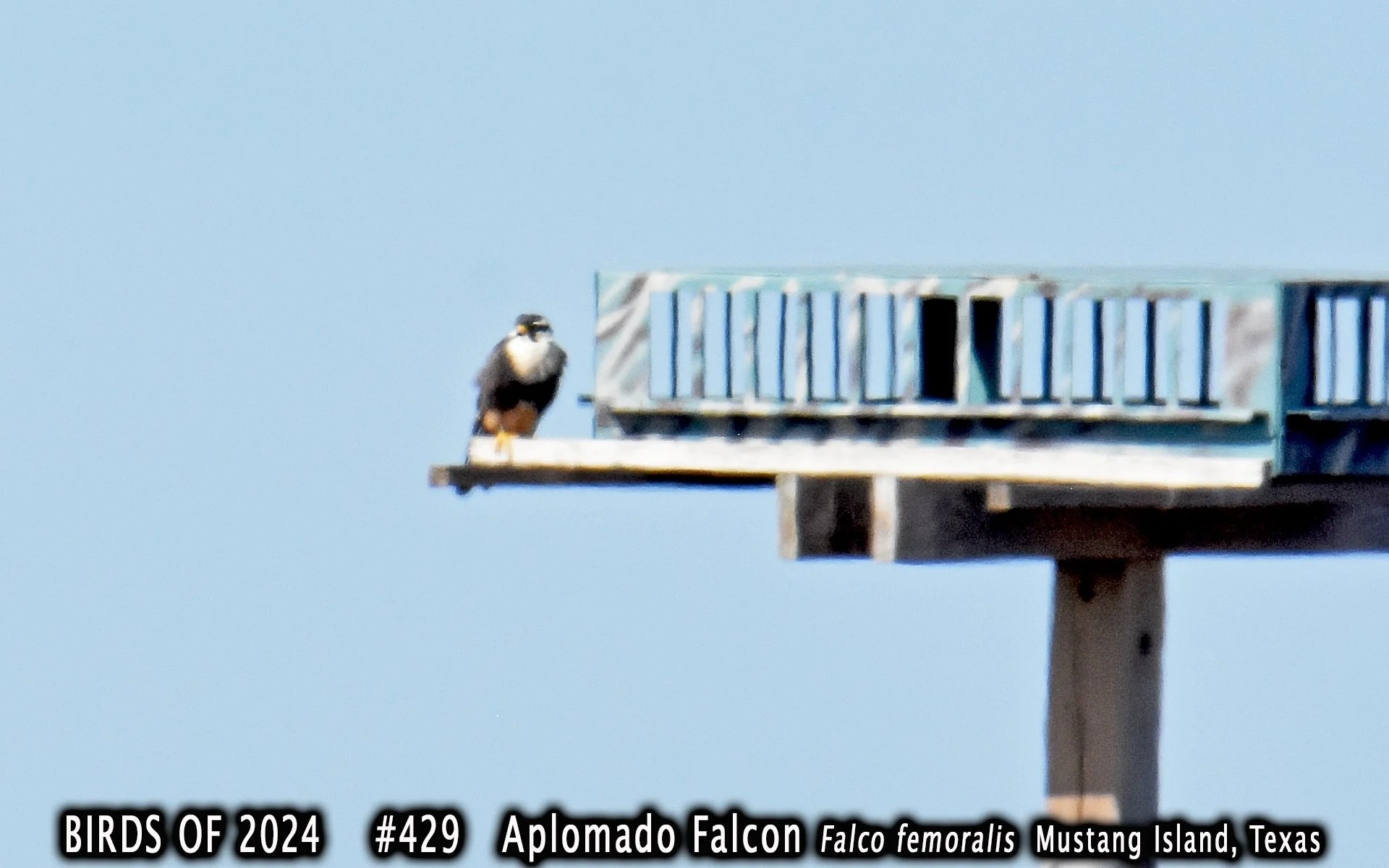
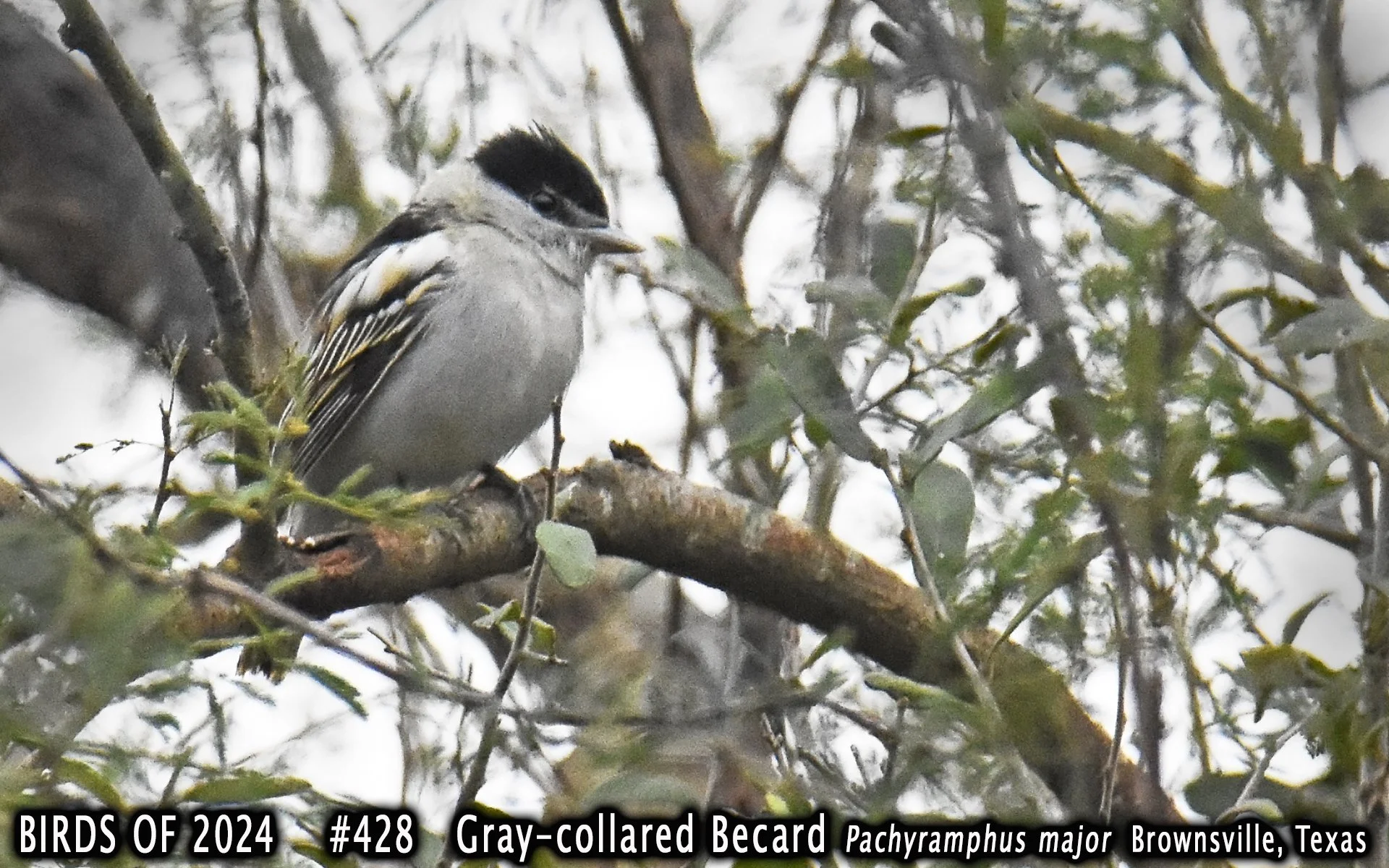
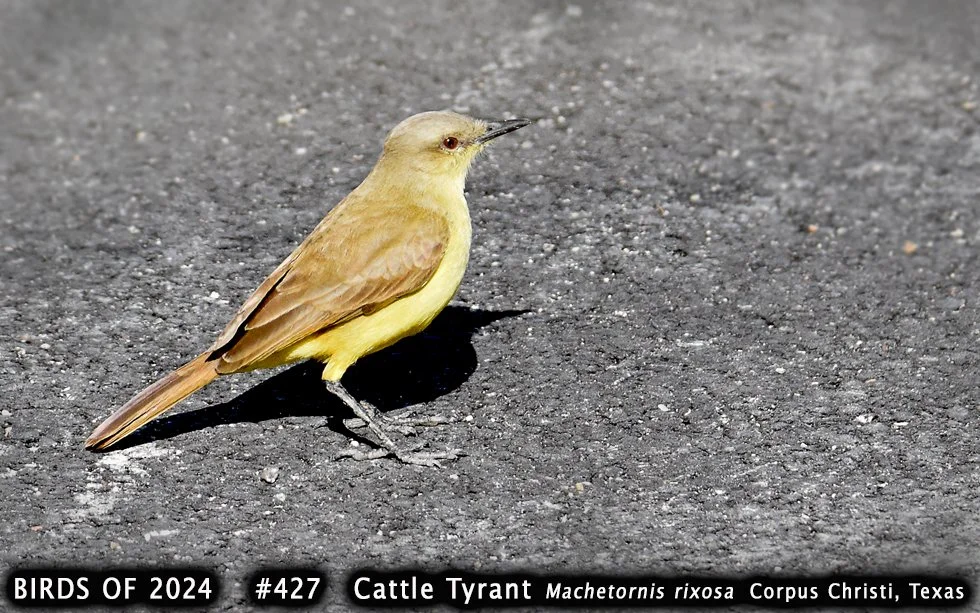
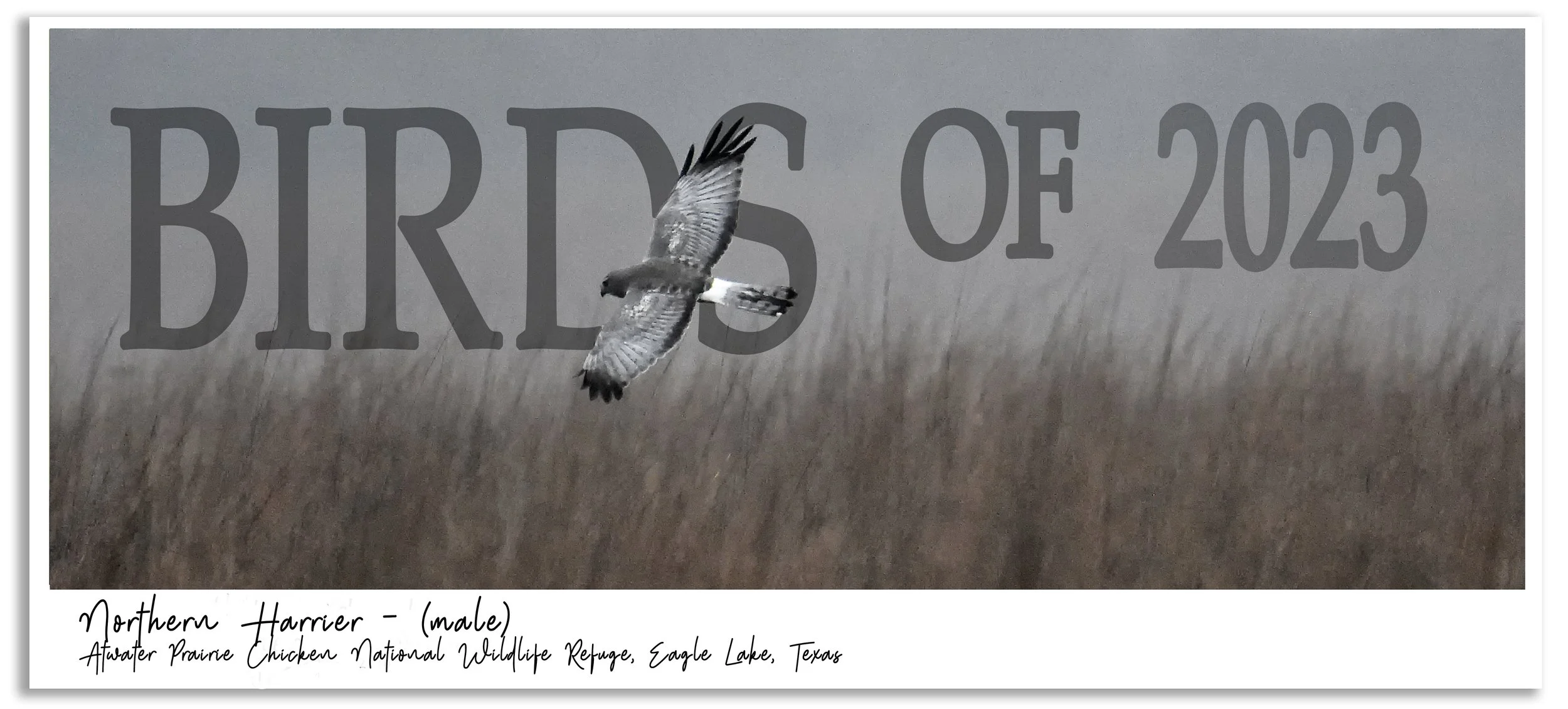
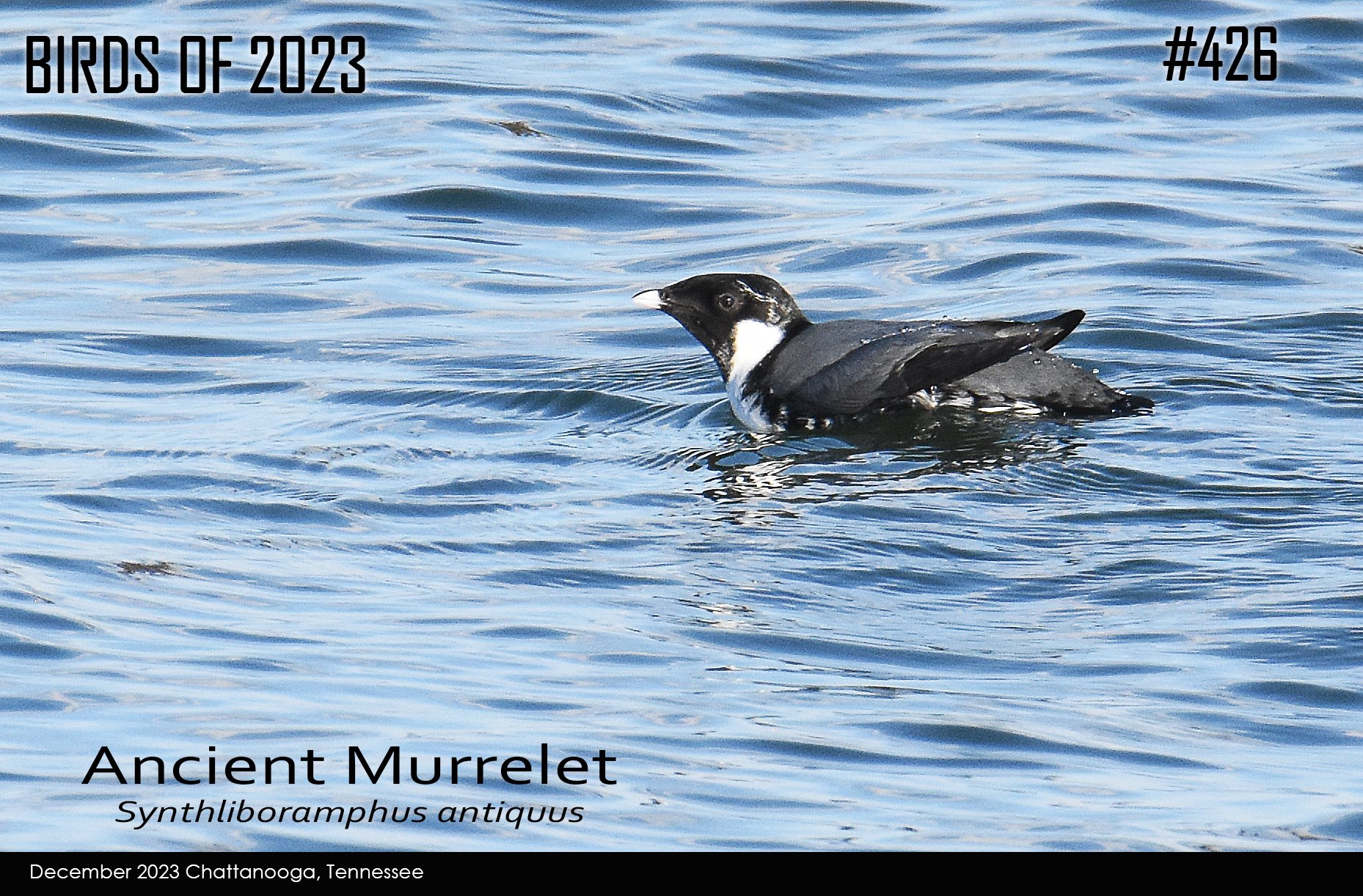
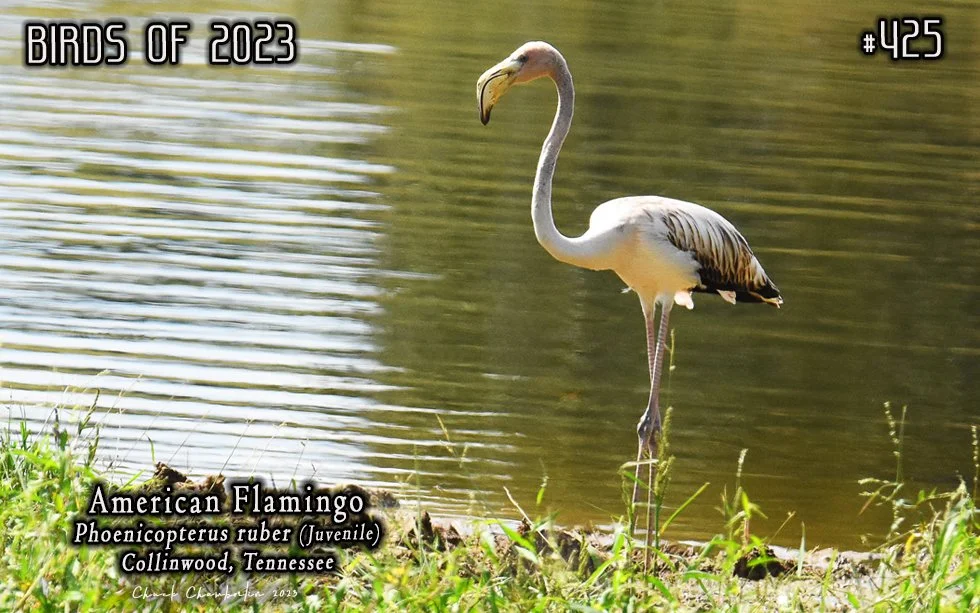
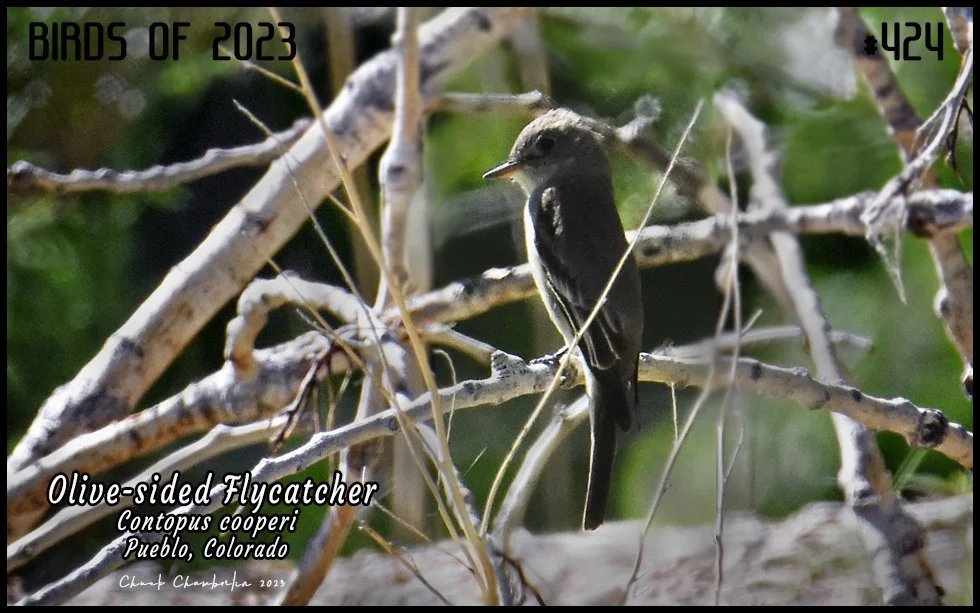
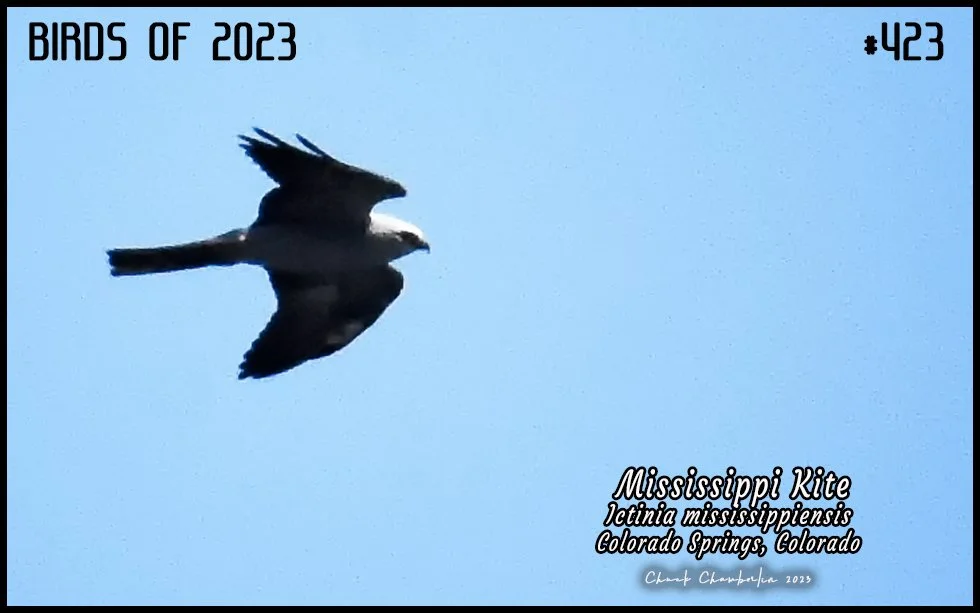
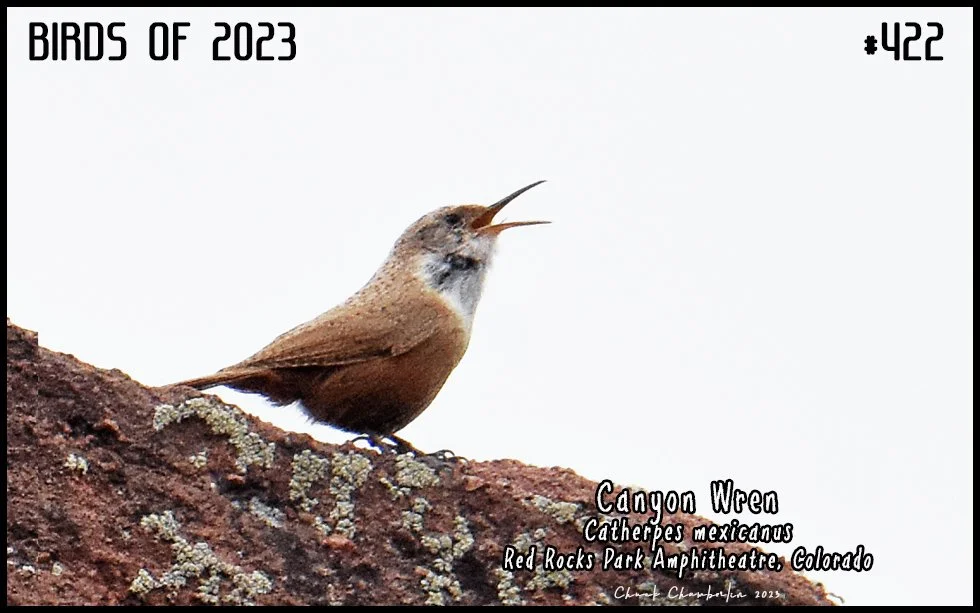
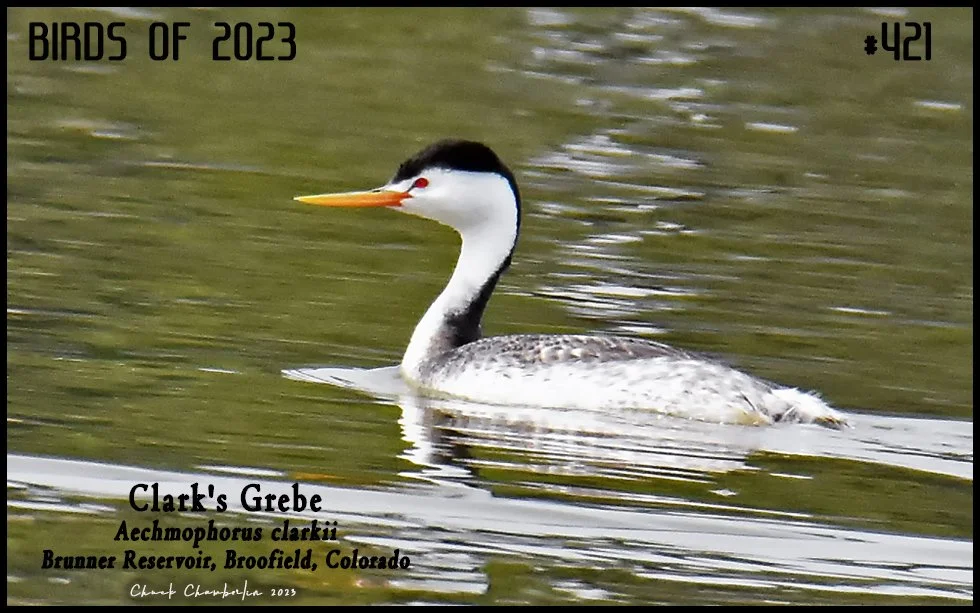

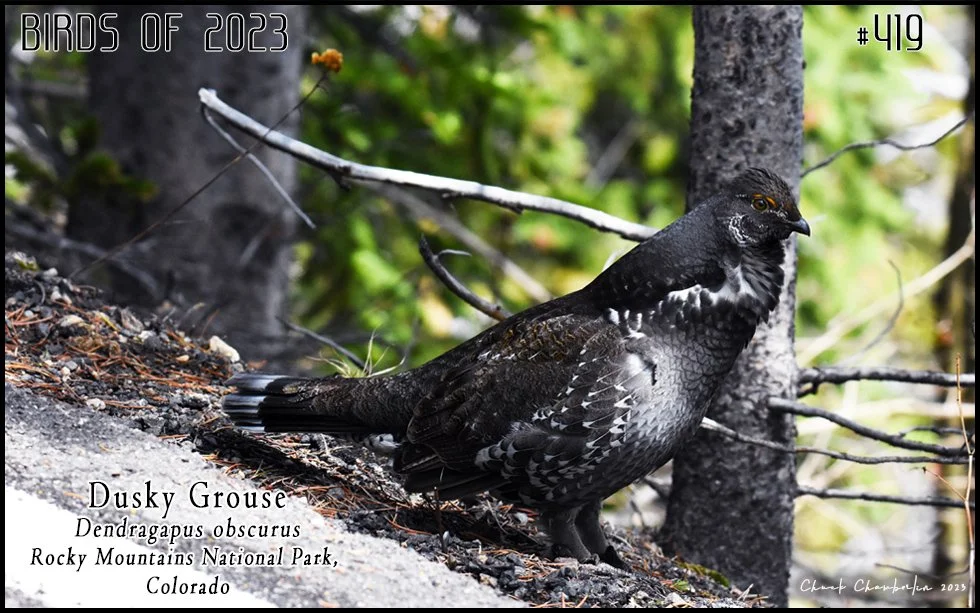
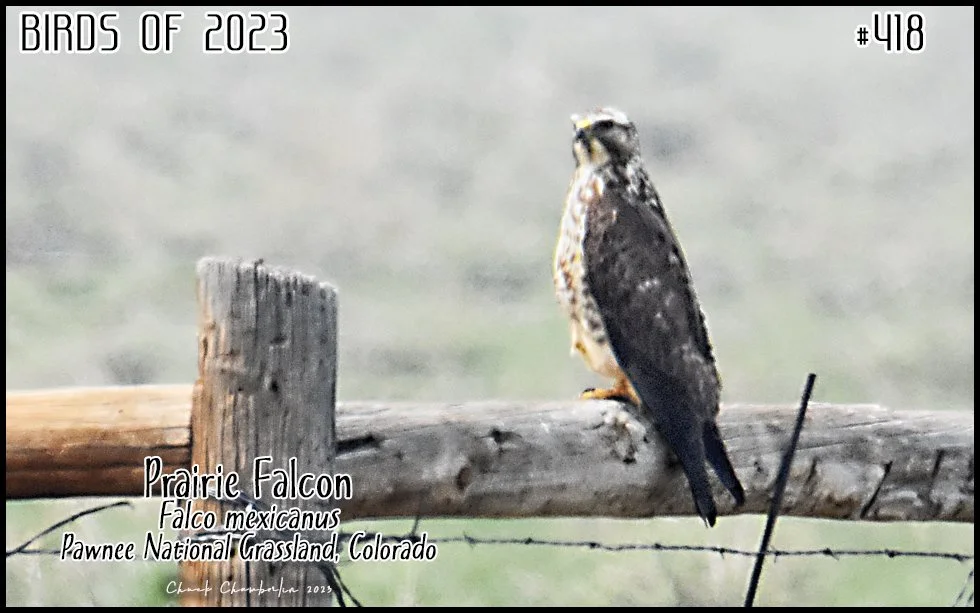
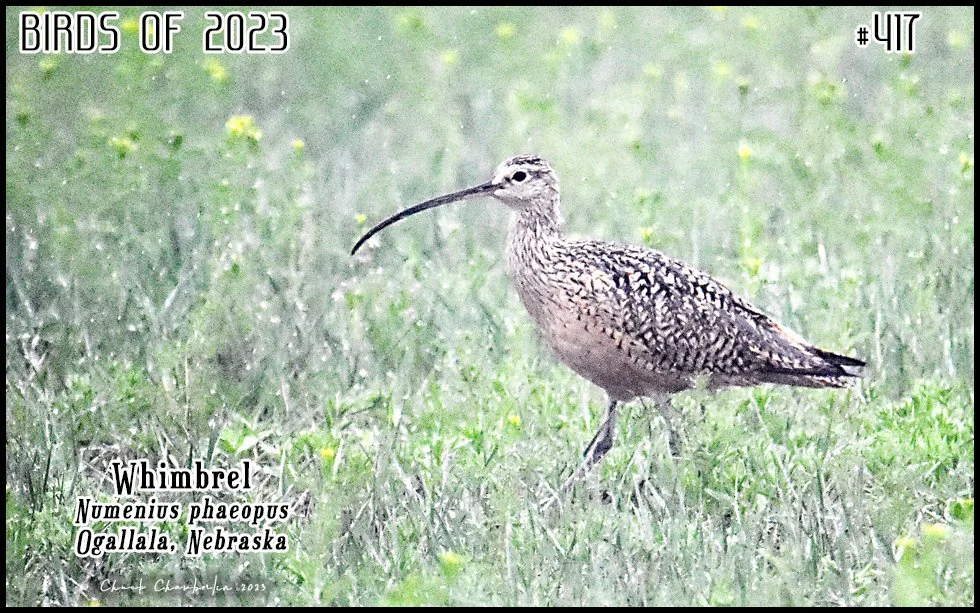
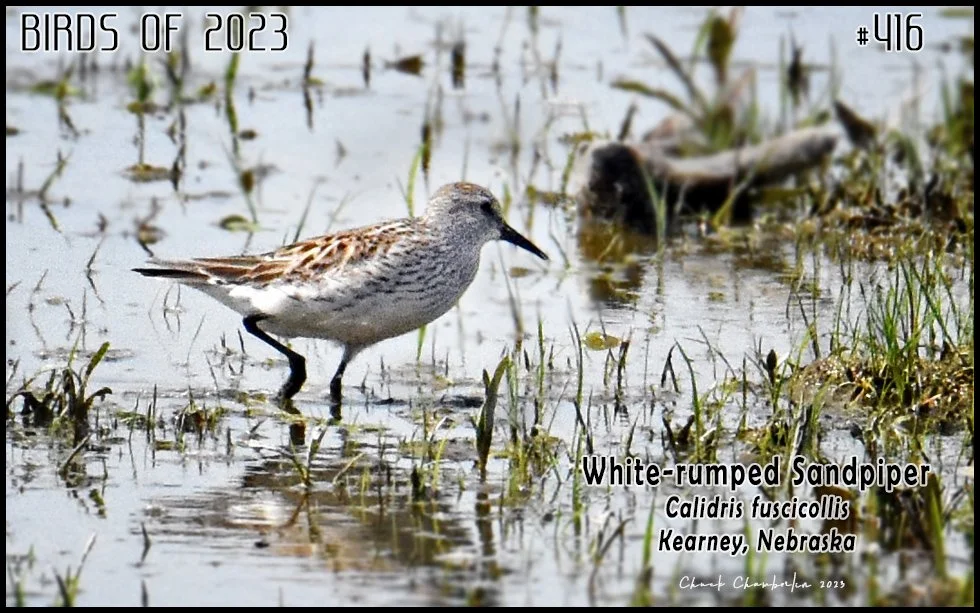

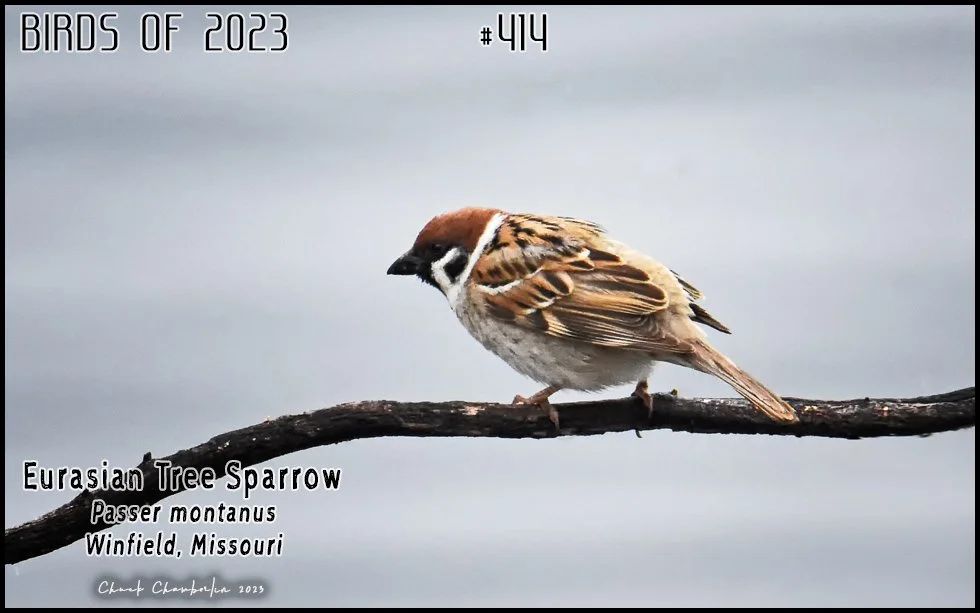

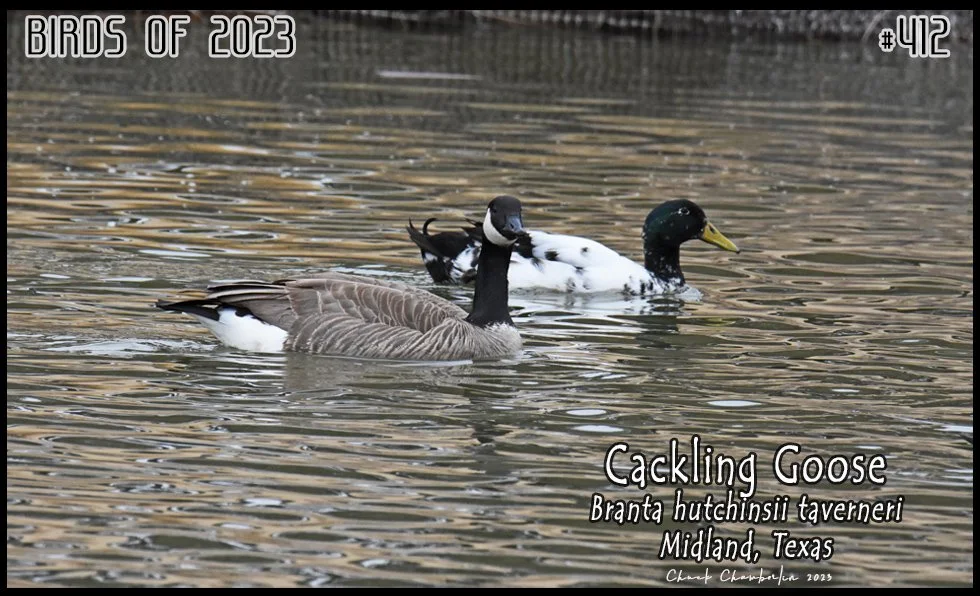
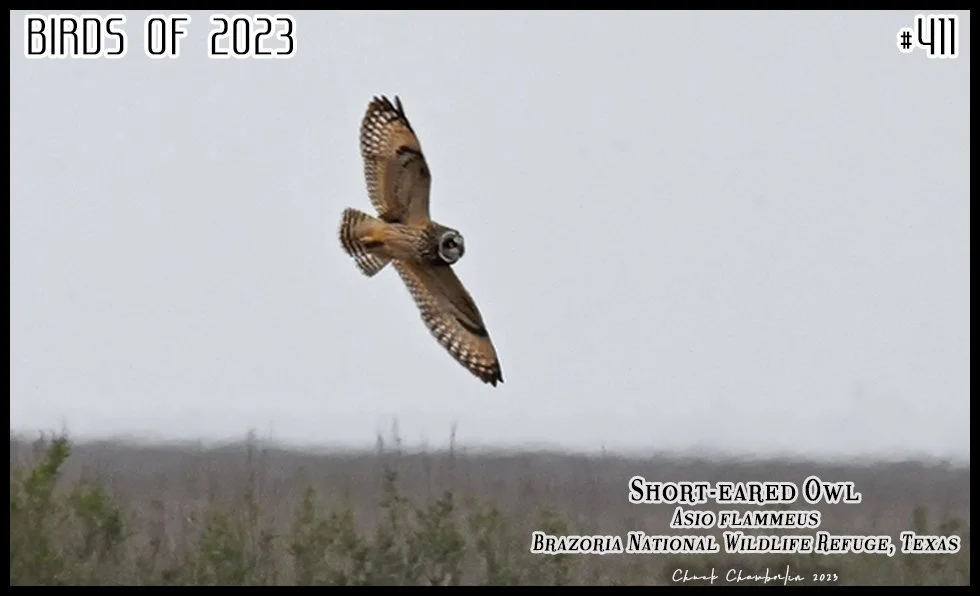
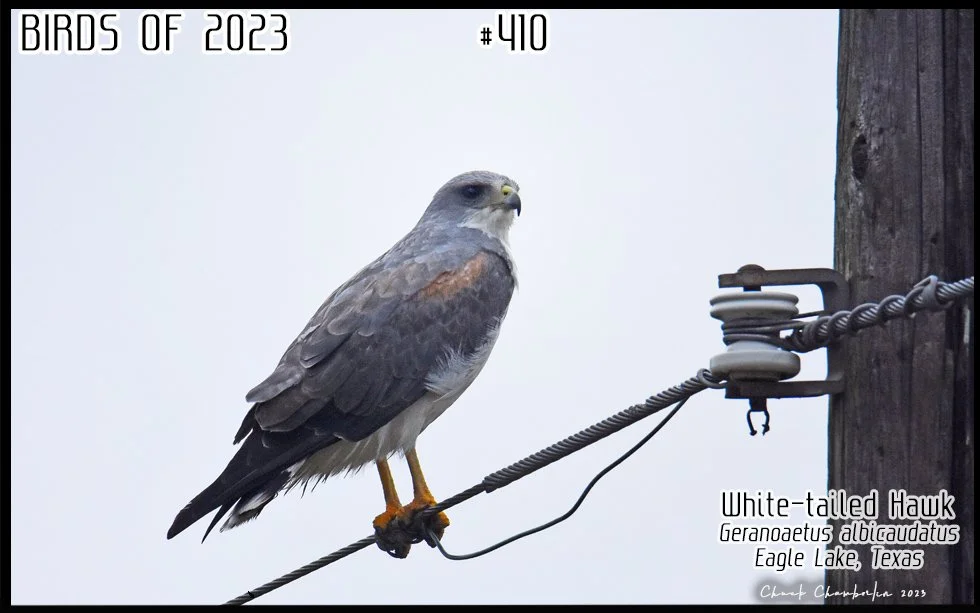
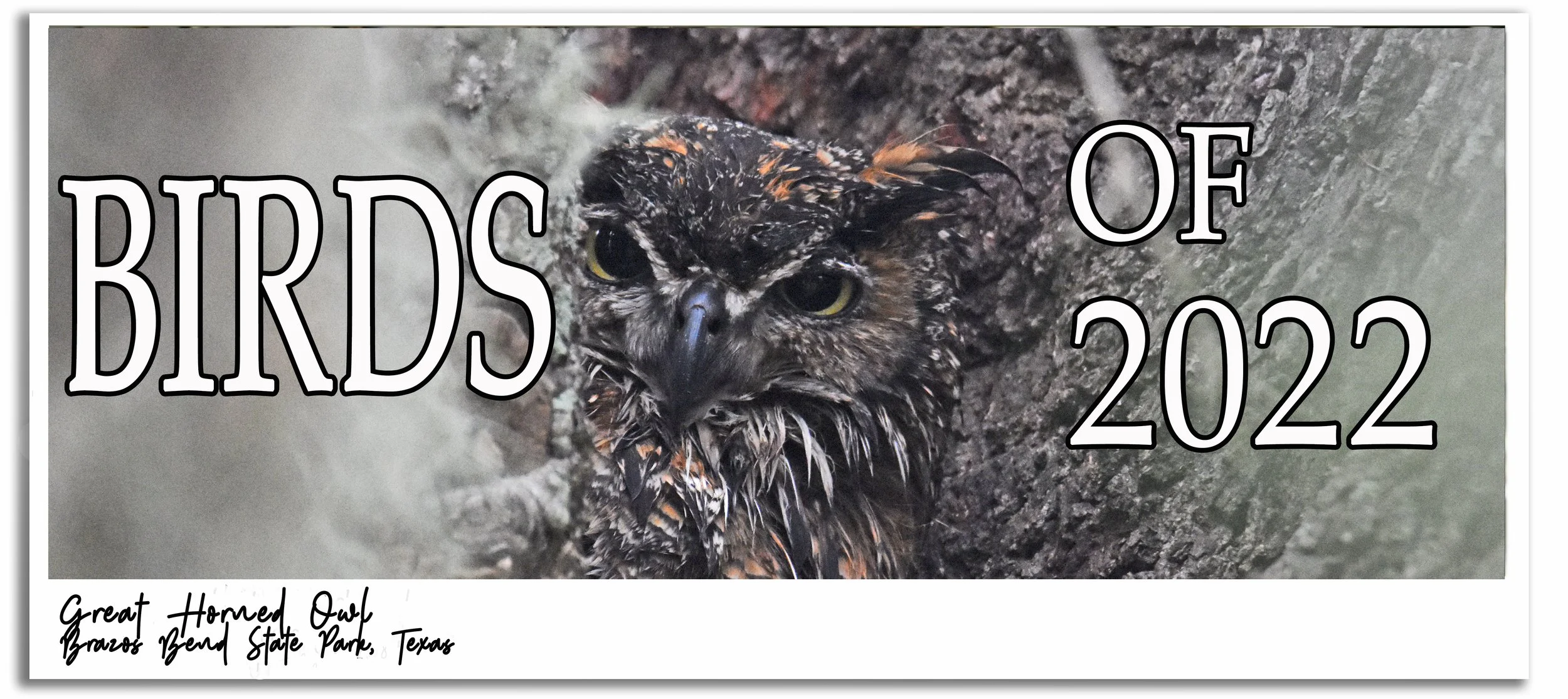

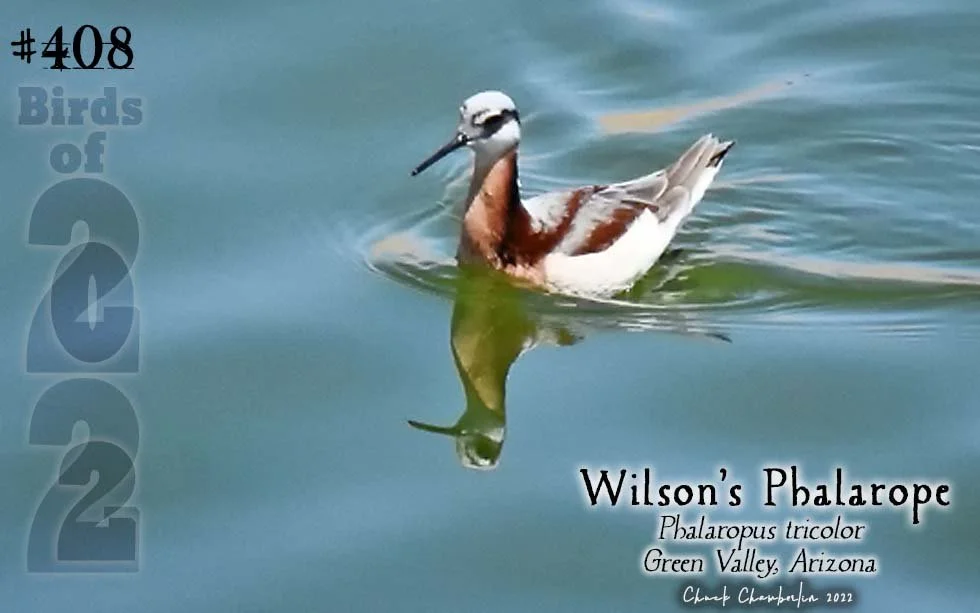

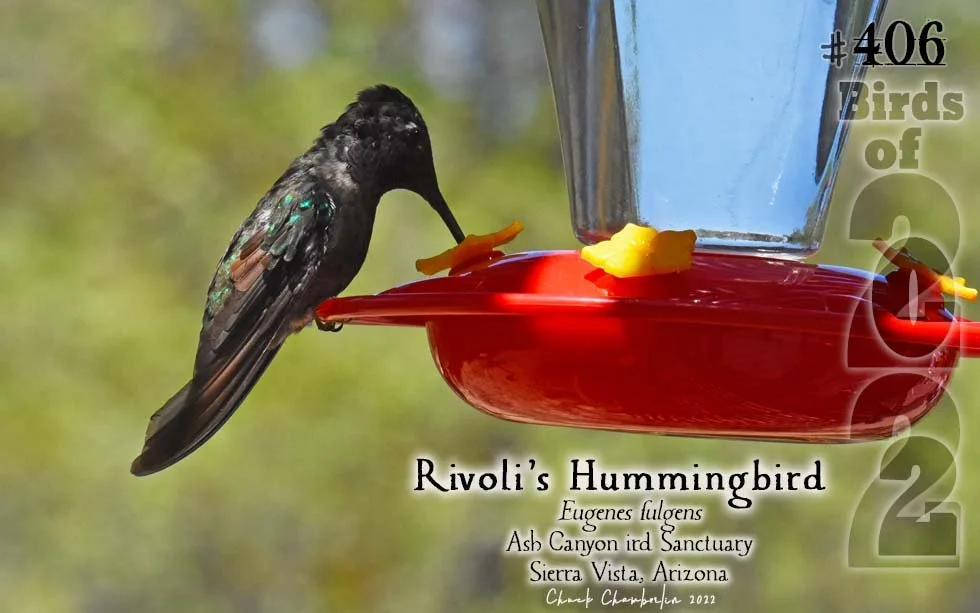
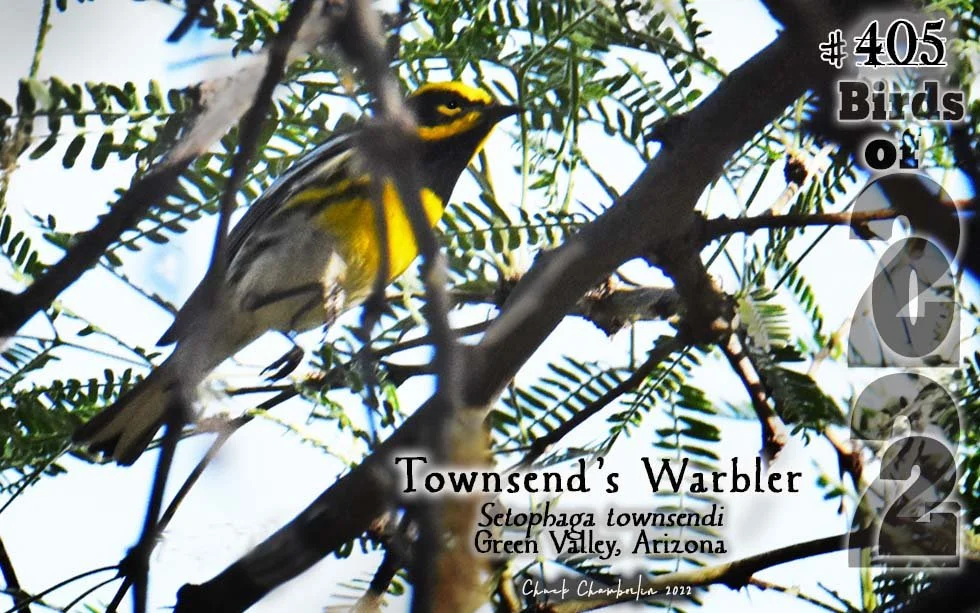



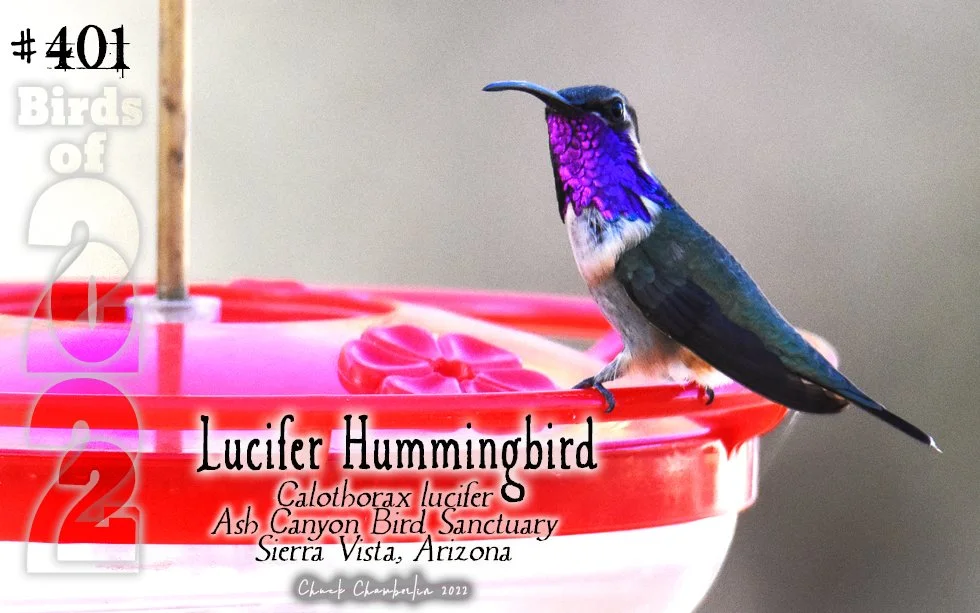
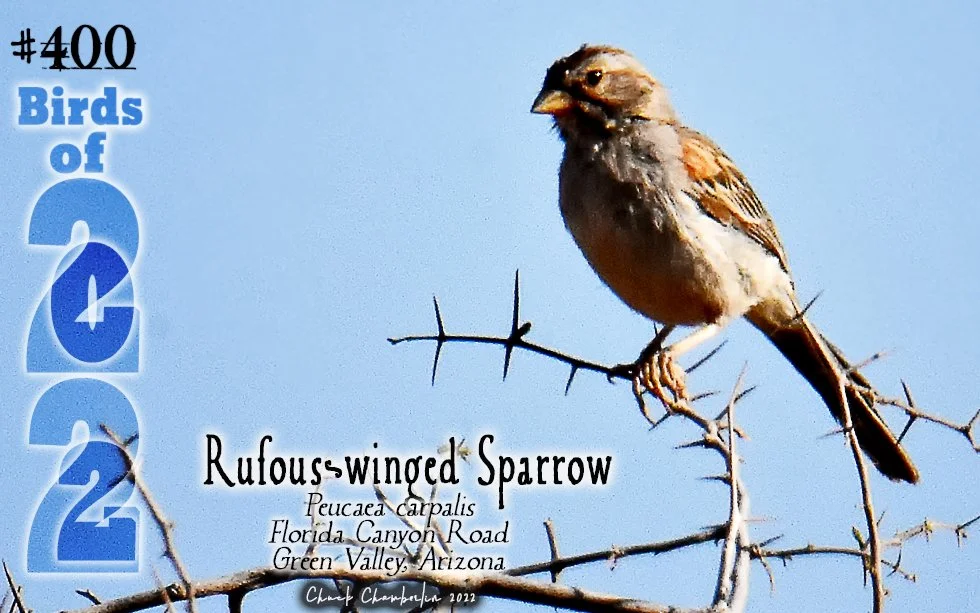
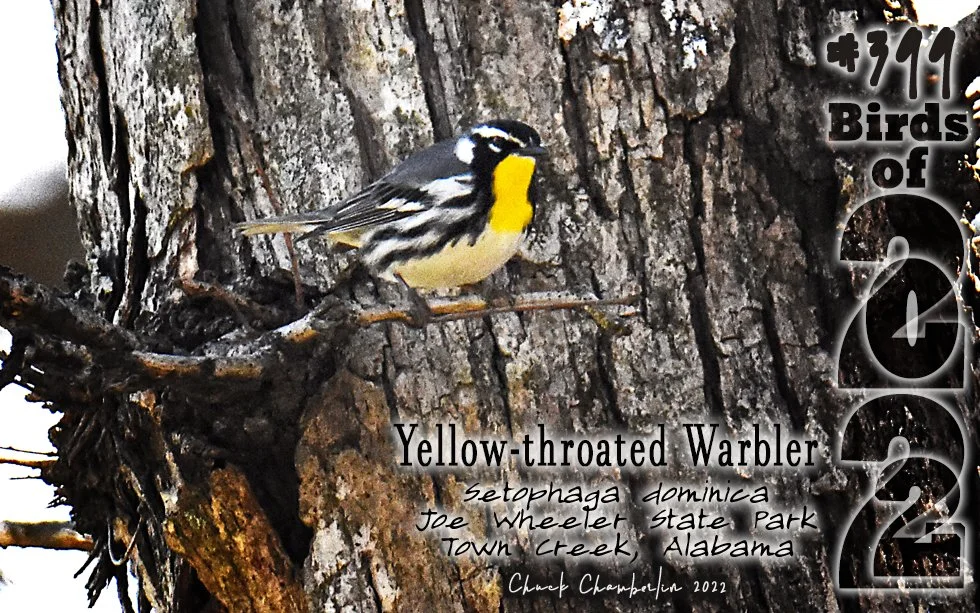

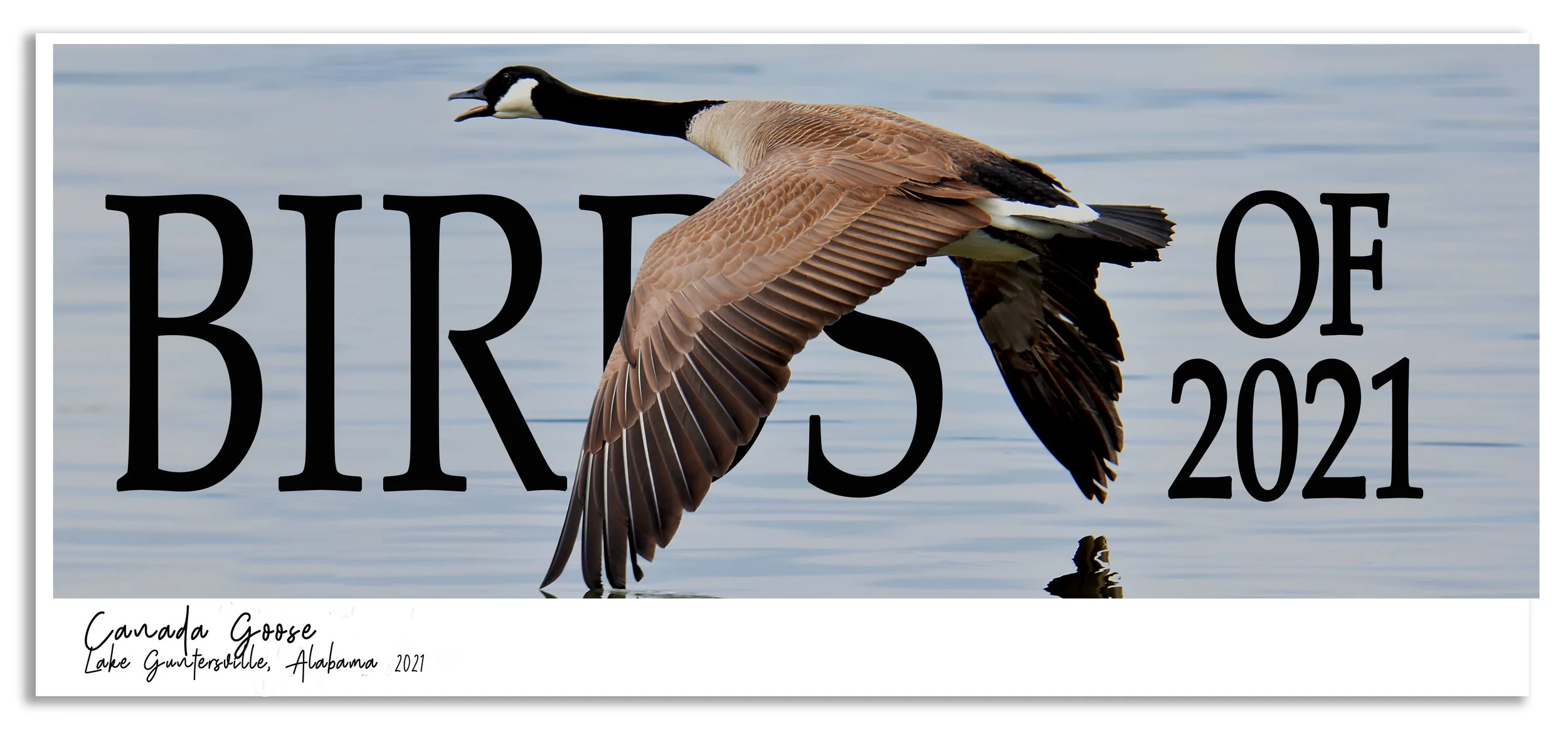





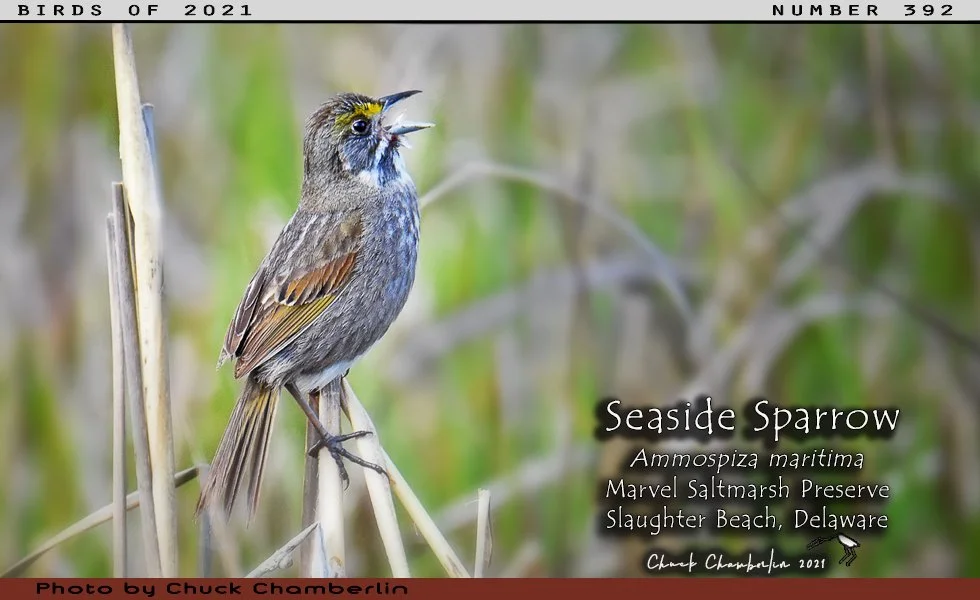

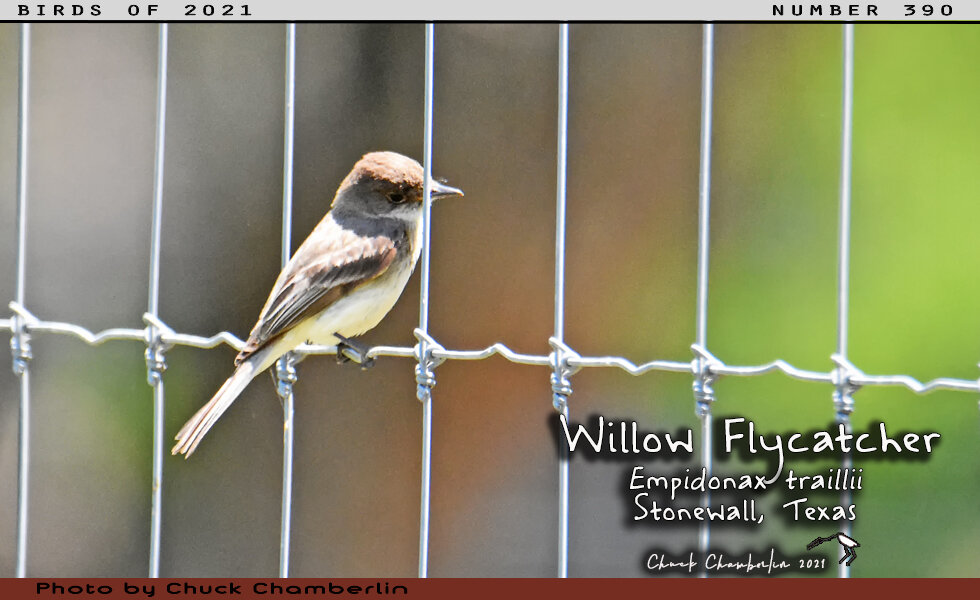


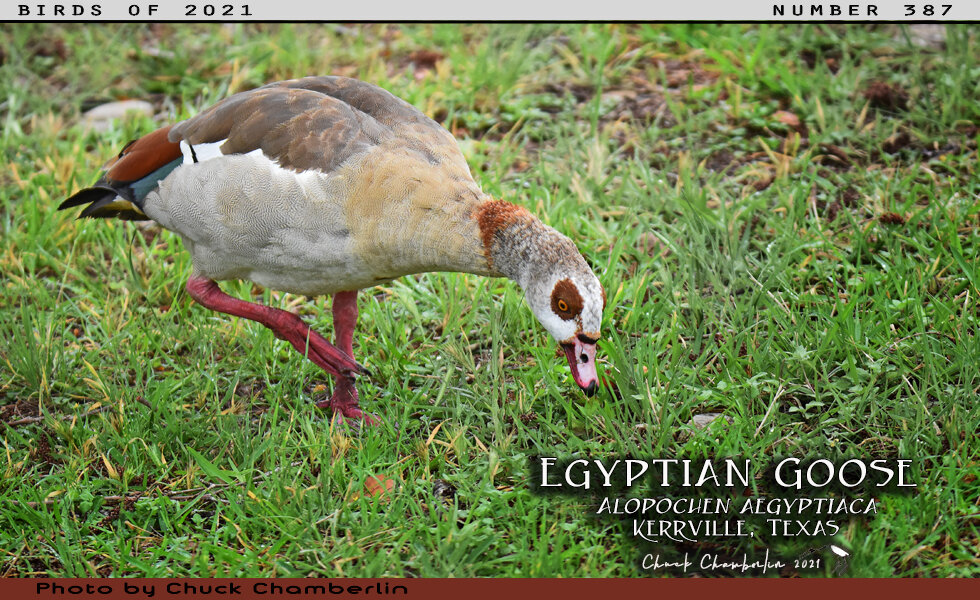
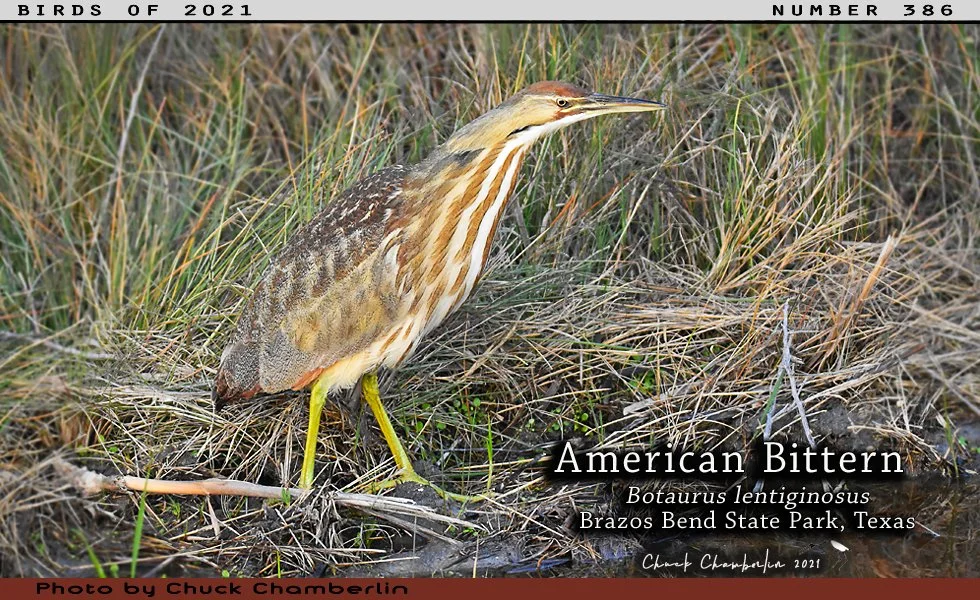










![SHOT NOTES: In Florida, peafowl are fairly widespread in much of the peninsula, with a total population probably in excess of 1,000 birds. Robertson and Woolfenden (1992) wrote that “[f]ree-ranging individuals have been reported for decades at scores of suburban and rural localities...However, it is uncertain to what extent the apparently feral populations are independent of domestic flocks.” Twenty years later, the situation remains muddled, but many flocks are periodically culled by local governments, implying that the flocks are assumed to be largely feral. The species is seemingly a candidate for eventual ratification by the FOSRC as a countable exotic.](https://images.squarespace-cdn.com/content/v1/5811523fe4fcb59d13a1c96c/1619917857388-8H9R17CXUKJGHPMI3XI5/2021_375IndianPeafowl.jpg)
